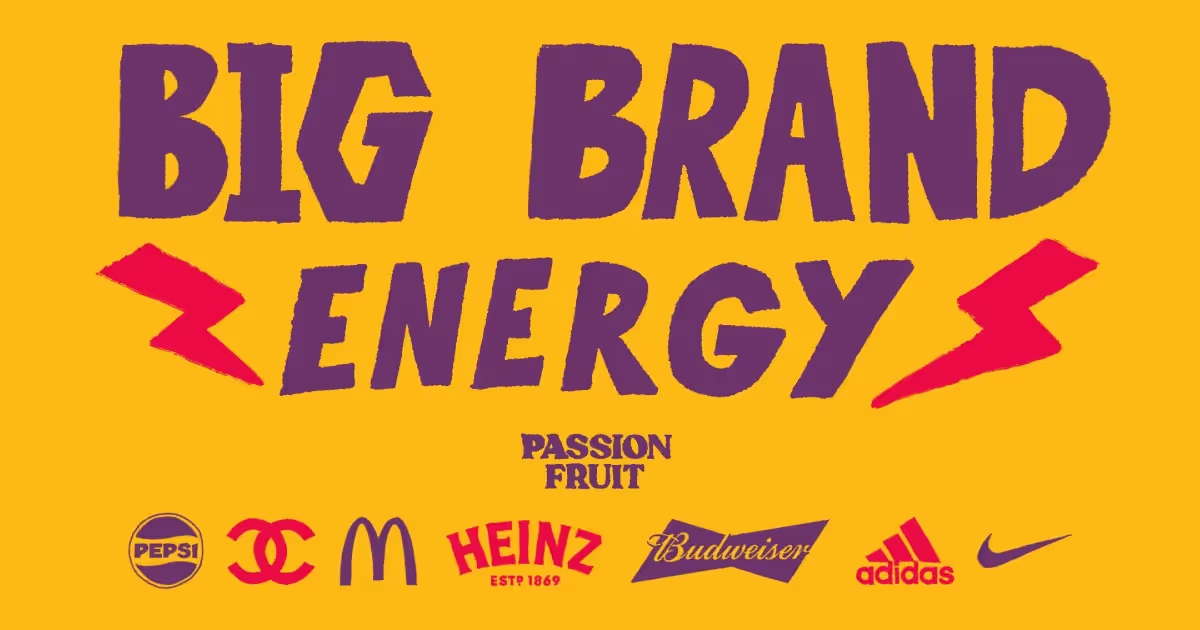Traditionally in this newsletter we write about the strategies and tactics that early-stage startups across different sectors can employ to scale.
This week, we're going one layer back and evaluating what the startups behind the startups can do to achieve success.
In other words, how can debut stage VC funds and their GPs look to gain allocation in the best startups, in turn improving the odds of the best exit scenarios for their LPs? (For a debunking of the VC jargon, have a quick read of this)
Low interest rates, high profile stock market exits and the superior returns of venture capital against every other asset class have encouraged many new entrants into pursuing a career as a fund manager. Even if it's proving harder than ever to raise that first time fund, for those that do, the real challenge is then competing with major incumbents like a16z, Softbank, Sequoia, and Index to get a seat on the cap tables of the next generation of top performing startups.
Let's look at the next generation of VC companies and what they can do to establish high-quality deal-flow.

Let's meet the contenders
- H Ventures - Elizabeth Edwards and Zelda Zhao
- igniteXL Ventures - Claire Chang
- Banana Capital - Turner Novak
- Asymmetric Capital Partners - Rob Biederman, Sarah Unger Biggs, Sam Clayman and Nancy Chou
- Renegade Partners - Renata Quintini and Roseanne Wincek
- Collab Capital - Jewel Burks, Justin Dawkins and Barry Givens
- Avid Ventures - Addie Lerner and Tali Vogelstein
- Zeal Capital Partners - Nasir Qadree
- Paradigm - Fred Ehrsam and Matt Huang
- Capital 49 - Jack Zhang
- Counterpart Ventures - Patrick Eggen and Joe Saijo
- Newtopia VC - Patricio Jutard, Mariano Mayer, Sacha Spitz, Jorge Aguado andJuan Pablo Lafosse
- Variant - Jesse Walden and Li Jin
- Scribble Ventures - Annelies Gamble and Elizabeth Weil
- Eka Ventures - Jon Coker
There's one big difference, but the same fundamentals apply
As a caveat, doubtless there are many logisitical, legal and practical elements that go into building a debut fund - but we're looking at this from purely a marketing and brand-building perspective...
Straight up, there is one core difference between the startups behind the startups (i.e. VC funds) and the startups themselves: the need for scale. VC funds can thrive by securing tens of users (i.e. founders), while startups - depending on whether they're B2B or B2C - likely need to acquire between 1000 - 100,000+ of users (i.e. customers) in order to fulfil their potential.
Nevertheless, when you're building a brand to challenge an incumbent, no matter the volume of users you must reach, a few rules of the road hold true:
1) Evaluate your minimum viable dominance and tailor your messaging accordingly
The temptation when you start a company is to cast your net wide: to imagine the dozens of use cases in which your product (i.e. your capital) could work, and, in the case of debut VCs, to try to be all things to all founders.
Unfortunately, as Mark Ritson has put it in no uncertain terms, “capitalism isn’t fair and the big f***er f***s everyone else.”
Put less aggressively, the wider your focus the more diluted your brand, and a weaker brand leaves you vulnerable against famous funds that can outdo you on price, reputation and perceived value-add. Big brands grow because they have the resources to chase bothcurrent and future customers at the same time.
If you're fresh out the gates, the surest way to gain a foothold is to settle on an emotionally-charged, unmistakeable point of view, then, through consistency, make your existence unmissable and dominant for anyone in a particular category that you can win in the short term. Paraphrasing Jerry Garcia of The Grateful Dead: to begin with, don't be the best, be the only.
What's crucial is to use your judgement to clarify how narrow you have to go in order to "be the only". If you're going after B2B SAAS in the USA, you're entering a highly congested space, and so you'll need to narrow your product marketing; maybe down to a particular category like FinTech, or maybe focussed on female founders. If it's a debut fund in Nigeria, where the investor ecosystem is less mature, you might be able to "own" Marketplaces in the way NFX do in America.
Remember, the most ambitious approach you can take is to work out one beachhead sector or space that you can dominate. You earn the right to build an enduring or expansive brand once you've captured an initial piece of the map.
2) Take your uniqueness and shine it everywhere you can
Taking a seat on a founder's cap table is a process that happens gradually then suddenly. In the same way you're evaluating the best founders, they're evaluating you. The articles you publish, the podcasts you appear on, the tweets you write: all these touch-points are obvious in your brand coming together and founders forming an assessment of who you are and what value you'll add to the business.
But there is more than the obvious to consider. Small brands grow when they ruthlessly highlight what makes them different, and that means doing it everywhere your brand exists. Marty Neumeier has a good map of touch-points for brands, but we can easily re-appropriate that for VC funds (working attempt below). Any challenger brand needs their unique point of view to radiate out through as many of these avenues as resources allow.

3) Command the space you occupy
VCs obsess over the quality of their deal-flow, and for good reason - their funds are returned by the big winners, not the small flops. Today, the vast majority of grade A+ opportunities still come from warm founder introductions, although that is changing as recognition grows regarding the importance of representation and being more open to cold outbound.
Either way - whether you like your deal-flow hot or cold - founders are often found on the frontier: chatting away in a Discord channel, a Github page or, as with the Shopify crew, their local coffee meet-up in Ottawa.
Again, this is where it pays to go super narrow. Unless you have a team of dozens of analysts and associates a la Tiger - which you don't and won't for some time - you'll want to build out a community marketing strategy that embeds your brand among one specific group. Practically, this means working with strategy specialists who can go deep online to pluck out the 5-7 digital gathering spots for your tribe, then helping those tribes achieve milestones through you. That might mean events, that might mean articles, that might mean giveaways, but more than the what it's the how that matters. Your primary objective should be finding language-market fit with that community so that you come across as credible.







